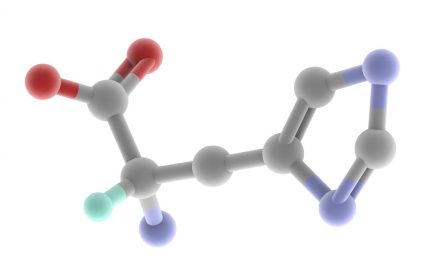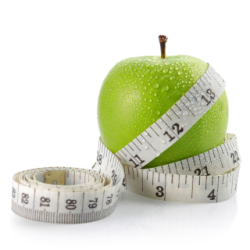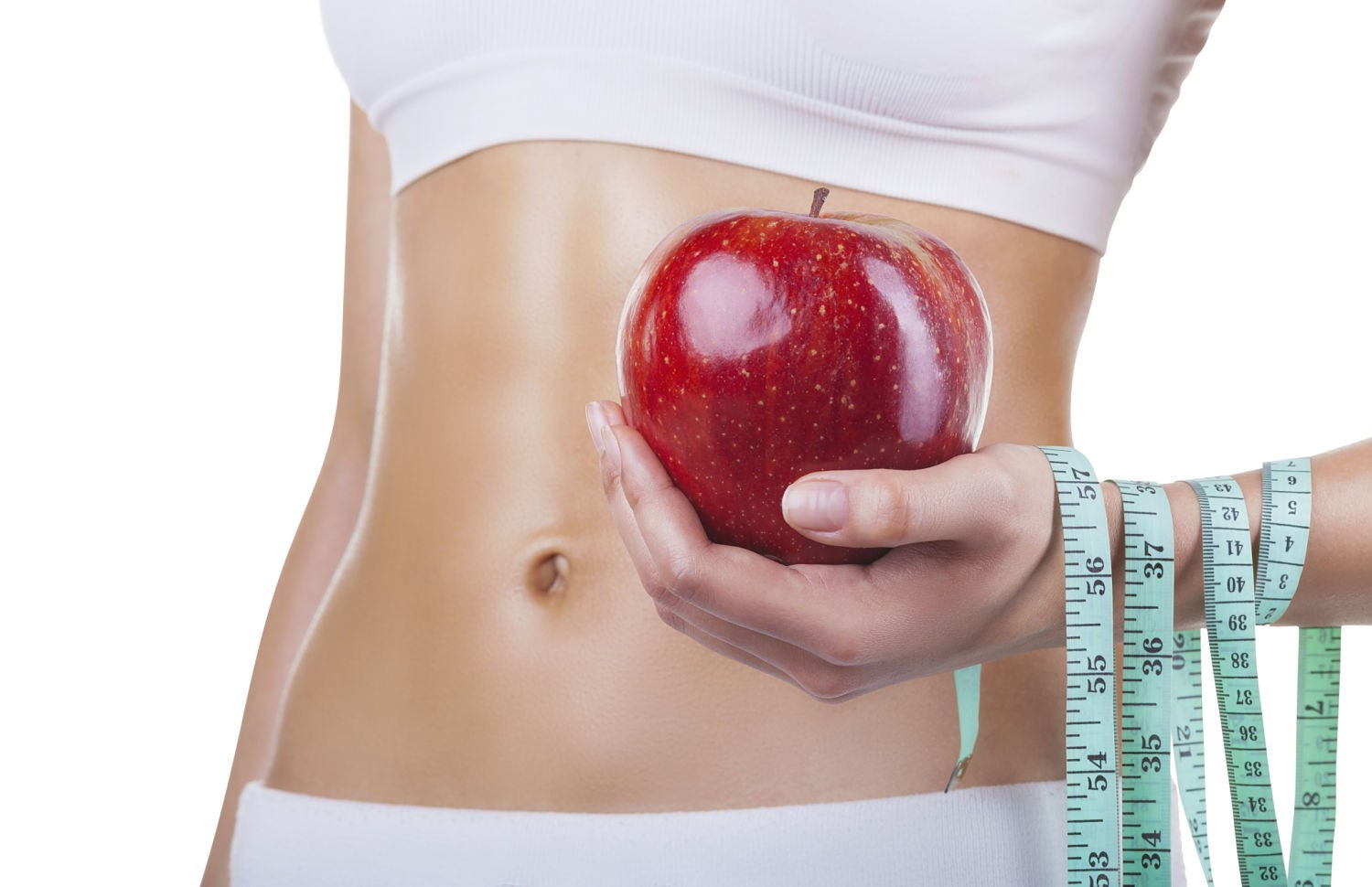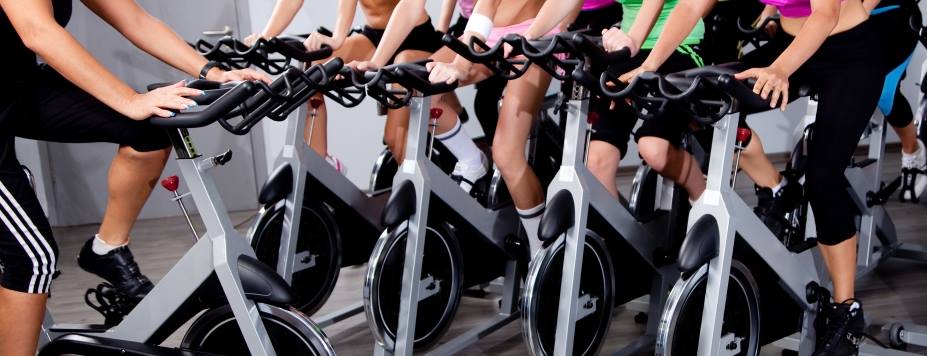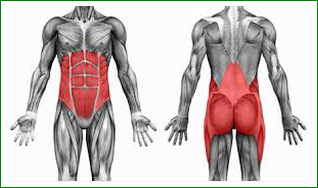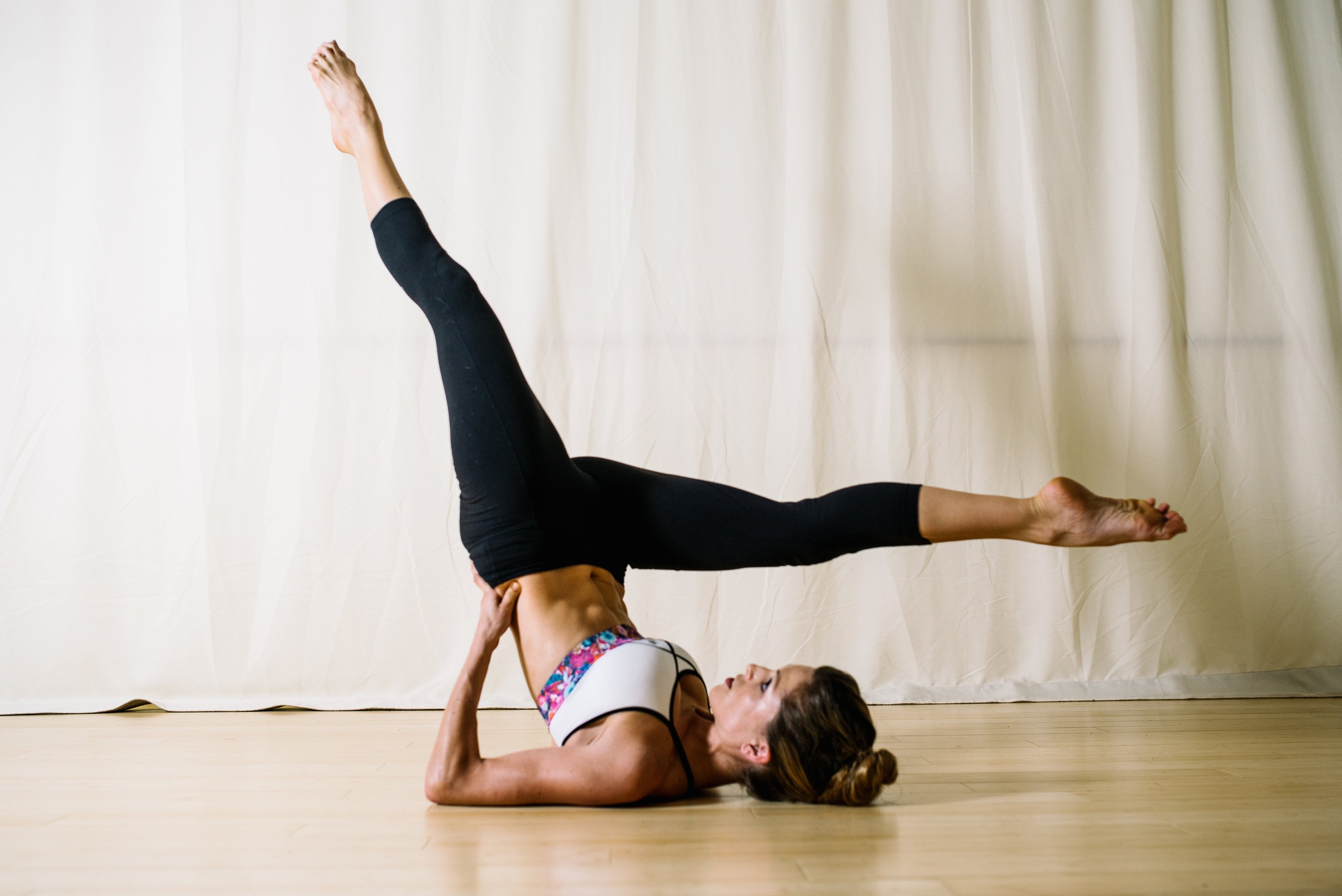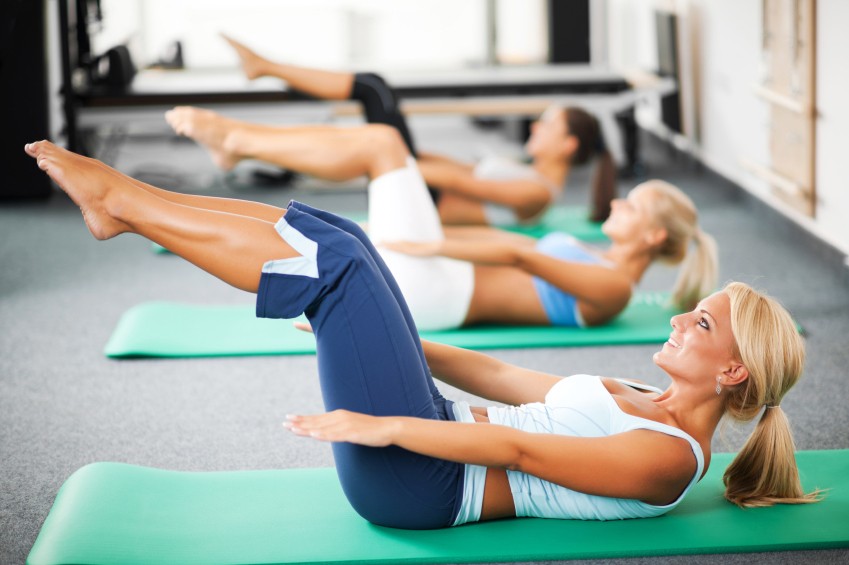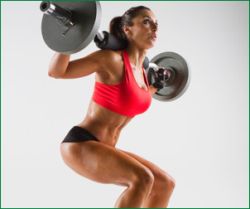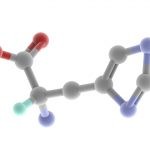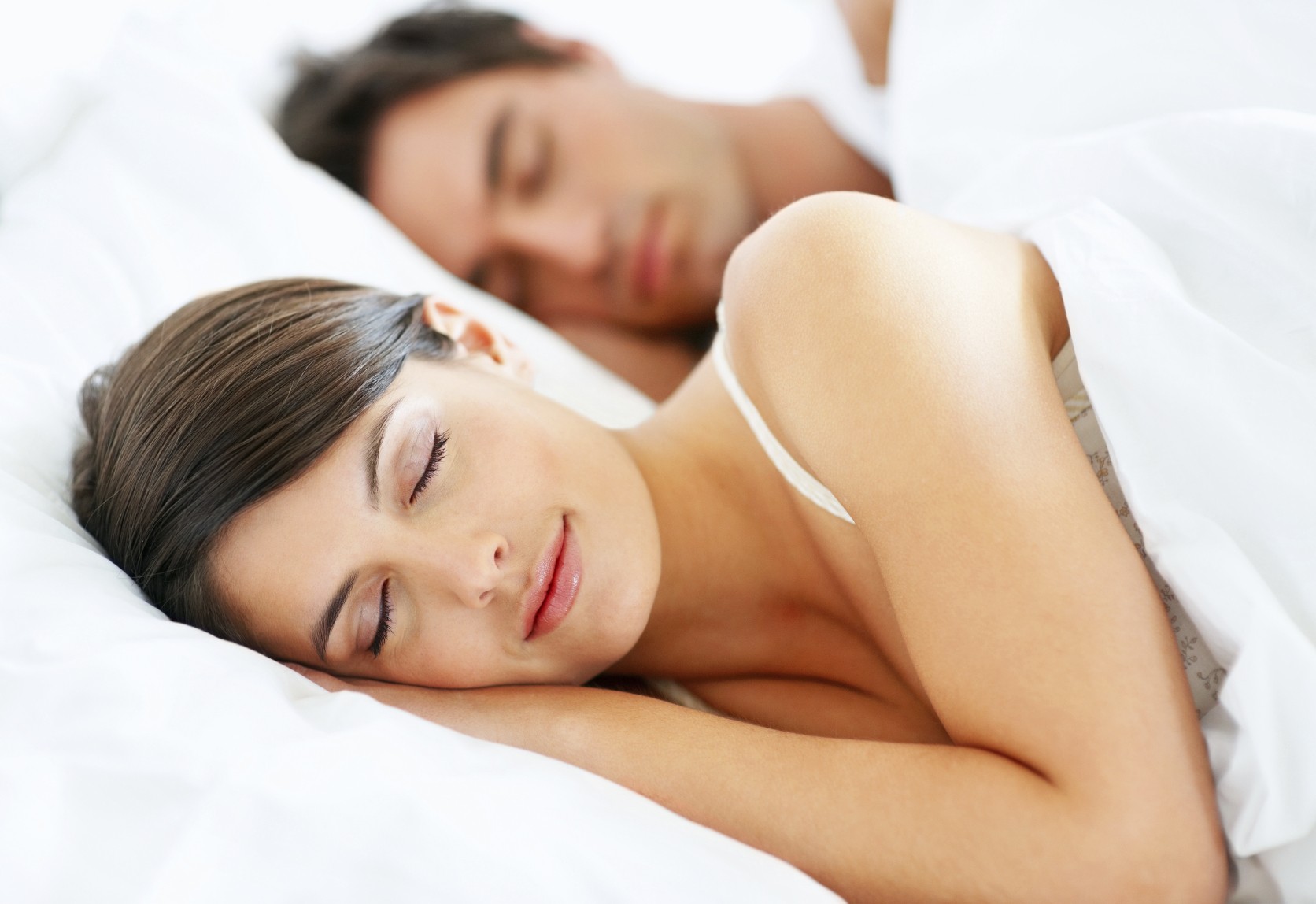Pilates
Pilates is a physical fitness system developed in the early 20th century by the Greek German-born Joseph Pilates.
Unlike many types of gymnastics, Pilates strictly follows principles based on a precise philosophical and theoretical basis. It isn’t just a simple set of exercises, but a true method that has been developed and perfected in over sixty years of practice and observation. The versatility of the technique has allowed its use in rehabilitation.
Description
Joseph Pilates presents his method as the art of controlled movements which, if practiced with consistency, improves flexibility, builds strength and develops control and endurance in the whole human body. It puts emphasis on alignment, breathing, developing a strong powerhouse (is the centre of the body), and improving coordination and balance. Pilates’ system allows to be modified in range of difficulty from beginner to advanced or to any other level, and also in terms specific goals and/or limitations. Intensity can be increased over time as the body conditions and adapts to the exercise.
History
 Pilates was designed by Joseph Pilates, a German physical-culturist.
Pilates was designed by Joseph Pilates, a German physical-culturist.
His father was a prize-winning gymnast from Greece and his mother a naturopath. He studied both Eastern and Western forms of exercise including yoga. During the first half of the twentieth century, he developed a system of exercises which were intended to strengthen the human mind and body. Pilates believed that mental and physical health were interrelated.
Joseph Pilates accompanied his method with a variety of equipment he referred to as “Apparatus.” The Apparatus was designed to help accelerate the process of stretching, strengthening, body alignment and increased core strength started by the mat work. The best-known and most popular piece today, the Reformer, was originally called the Universal Reformer, aptly named for “universally reforming the body”.
Pilates published two books related to his training method: “Your Health: A Corrective System of Exercising That Revolutionizes the Entire Field of Physical Education” in 1934, and “Return to Life Through Contrology” in 1945. In common with early twentieth century physical culture, Pilates had an extremely high regard for the Greeks and the physical prowess demonstrated in their Gymnasium.
Contemporary Pilates includes both the “Modern” Pilates and the “Classical/Traditional” Pilates. Modern Pilates is partly derived from the teaching of some first generation students, while Classical preserves and promotes the original work as Joseph Pilates taught it. The method was originally confined to the few and normally practiced in a specialized studio, but with time this has changed and Pilates, in whatever form, can now be found in community centers, gyms, and physiotherapy rooms. A variety of “modern” schools of Pilates, heavily influenced by a physiotherapeutic approach to Pilates, have adapted the Pilates system in different ways for reasons unknown to and unapproved by its creator, Joseph Pilates, and by the contemporary schools of Authentic Pilates who continue teaching his method. Joseph Pilates died as sole master of his own method and still controlling the intellectual property of it, including his apparatus: a fact that only changed with a lawsuit in October 2000.
To be continued…

